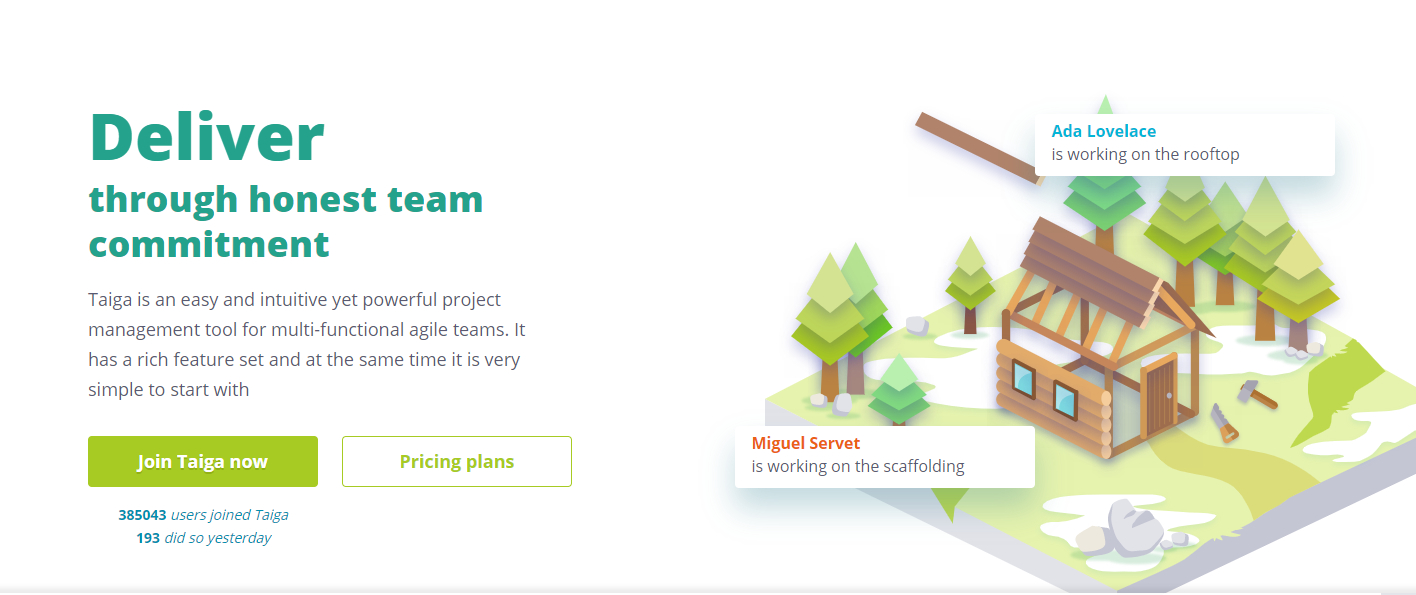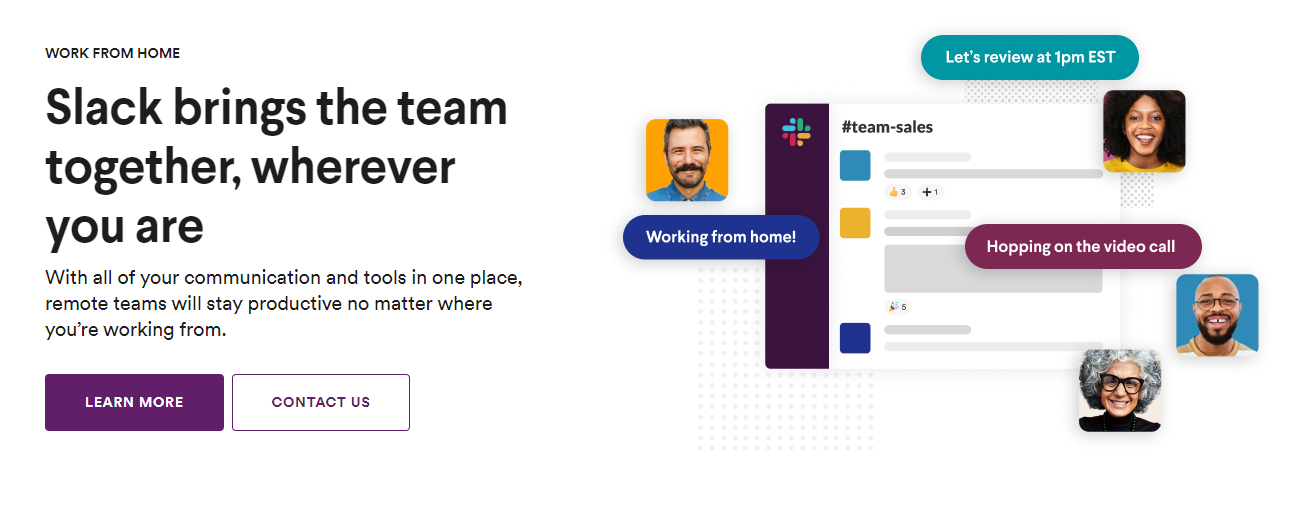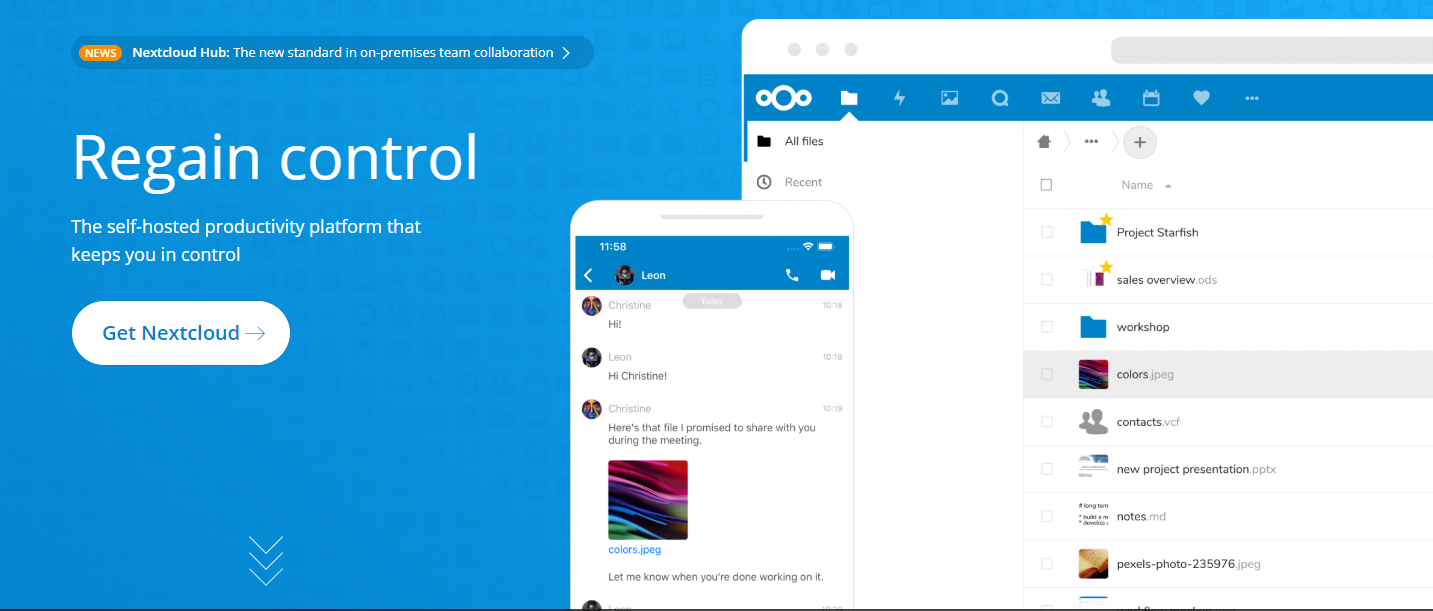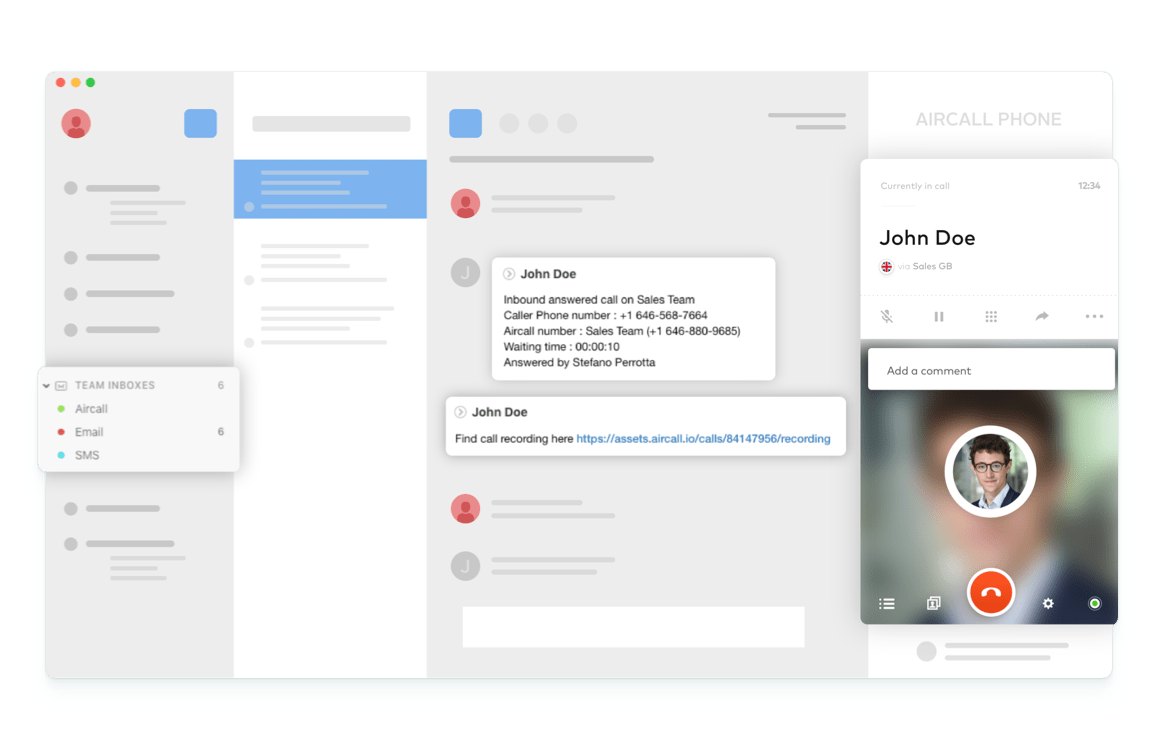7 Good Blogger Tools For Working From Home

These past few weeks have been anxious hell for many of use regardless of whether you work from home or not. We can agree that the coronavirus pandemic did a number on the economy and everything else. Many people were forced to quarantine and work from home. This does include some bloggers who might have been working in an office, hence the need for tools for working from home.
After all, not everyone who runs a blog or a website has the luxury of doing everything from home. Travel bloggers come to mind as well as other business blogs who need to manage teams and have personal meetings. Suffice to say, even bloggers get their fair share of inconveniences and problems caused by COVID-19 lockdowns.
Thankfully, there’s a solution for every problem and while there hasn’t been one yet for the pandemic, there are plenty of tools for working from home. These can make your job easier as you transition or are forced to work in the confines of your home office until it’s safe to resume our normal lives once again. This doesn’t have to be exclusive for bloggers too, anyone working from home can use them as well.
Taiga
When working from home and you don’t have your good old-fashioned bulletin or corkboard or sticky notes to tell you what tasks you have in pending. Rather than go out and expose yourself to sickness by buying physical organization tools, you can try out Taiga instead. It’s an open-source project management software that will introduce you to Kanban-style task organization.
It’s similar to software like Trello or Asana but Taiga is more generous and more flexible. With this, no longer will you have to be confused with multitasking or prioritizing your individual tasks. You can even set it up for a group of people you’re working with so that tackling work or division of labor is more clear and less chaotic.
Zoom
Meetings are certainly inevitable when it comes to working with a team. Since you don’t have the resources or safety to conduct your regular face-to-face meetings in these trying times, you’re gonna have to go digital too. It’s not that bad, to be honest, tools like Zoom or Skype can make life easier for those that need to conduct regular meetings. In this case, we recommend Zoom.
What makes it better than other video calling or communication software is that Zoom only needs to be installed in one person’s device. You can then send out a link to them that will let them join the conference call. Apart from that, Zoom also has other features that will make online meetings a breeze and might even win you over regular conferences.
Slack
Email exchanges while working from home can get rather disjointed and counter-productive since they’re not really built for real-time communication. For that, you might want to use Slack instead. It’s one of the standard written communication tools out there and is favored by many companies.
Slack’s purpose is to effectively cut down any unnecessary email exchanges. It fills in on the functions of many email apps, for that matter, including file and image sharing. Moreover, Slack can serve as a message hub for your team or group where you can even dedicate a place for non-professional banter.
G Suite
Thanks to Google, you can forget about the usual premium collection of Microsoft Office tools as they are often offline and require heavier resources on your computer. Google’s online and cloud-based Office Tools such as Google Docs, Sheets, Slides, etc. can make your life a lot easier as lone as you have internet, which you should if you’re going through a home quarantine.
Even better, most G Suite applications let you share your work with others and even collaborate on tasks since everything is online. This makes project collaborations more possible online. It can even be worth looking into even if you have a WordPress website already.
Nextcloud
Nextcloud primarily functions as a cloud storage system similar to Dropbox or Google Drive. However, it’s a lot more versatile than that; it can also be used as an all-in-one software thanks to its plugin capabilities. Among the things you can add to Nextcloud are chat clients, email clients, video clients, and an officially-supported calendar app.
This calendar will then be integrated well into Nextcloud’s storage capability. You can fully maximize this calendar app in order to schedule meetings and project deadlines with your colleagues; this is on top of the storage it grants you.
Front
Multiple lines and apps for online communication can get messy and impair productivity. This gets even more chaotic the bigger a team is; so integrating all of them in one app can save your sanity when working from home. Front is the tool we’re talking about and can aggregate email, messaging, and call channels like a Swiss Army Knife.
This is also great if you’re running a commerce blog with its own customer service team. Front can easily integrate with Aircall, a communication software to make their job with handling customers more convenient.
Toggl
Last but not least, we have a time tracker software. If for any reason, you need to track your time or are used to 8-hour jobs in the office even as a blogger with their own website, then Toggl can easily count your or your team’s hours. This can also be a great tool to see how much time you spend on working from home.
Toggl has a free option that should be enough for most bloggers who aren’t running a fully-fledged company. It’s also a great way to pace yourself if ever you feel like you want to do something else at home other than work. Whichever tool you choose for your needs, make sure to stay safe and keep everyone safe by staying home if your city has a quarantine order.








